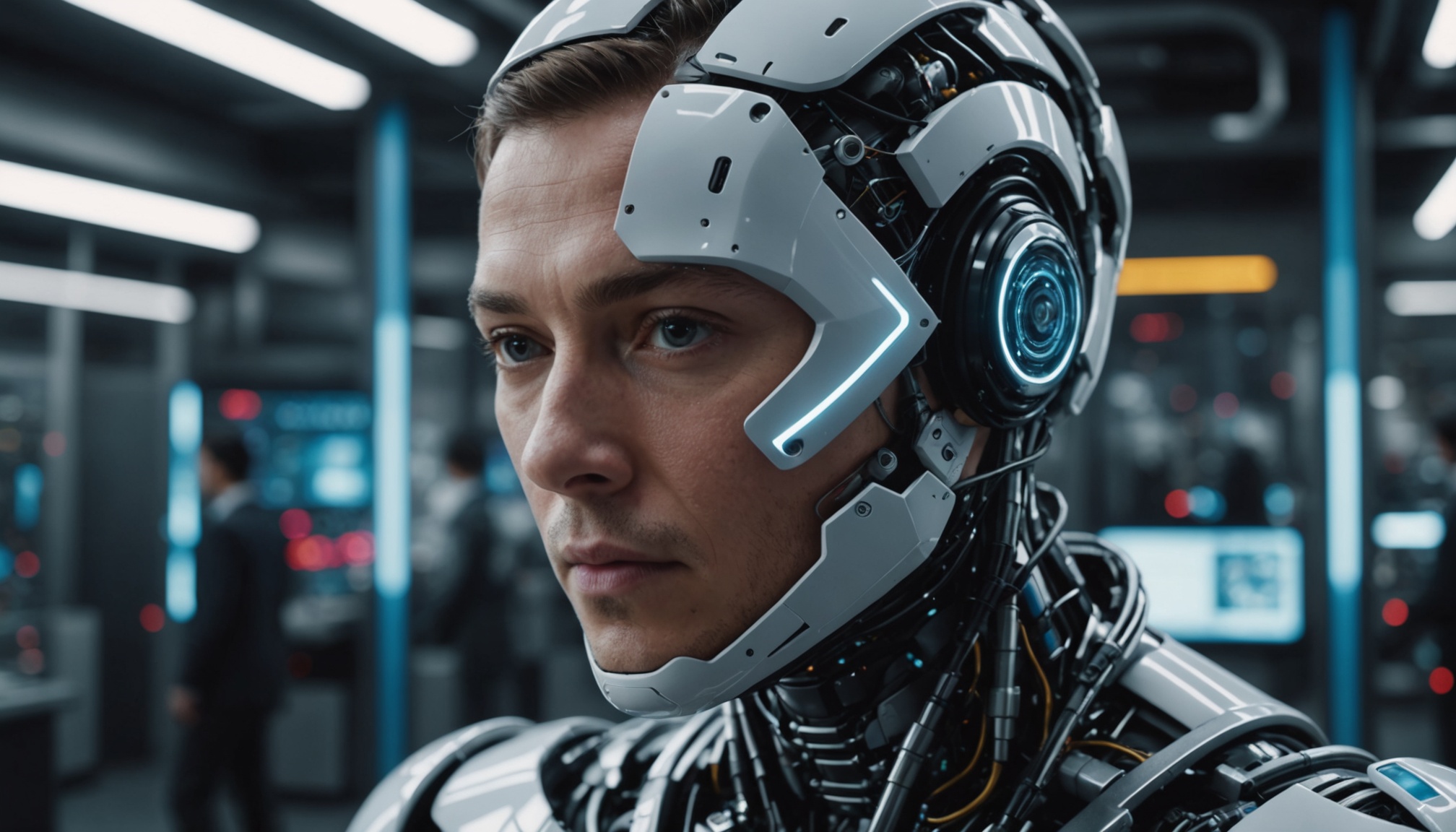The melding of artificial intelligence with the physical realm signals a profound shift in how we interact with technology and the world around us. Physical AI isn’t just about automating existing processes; it represents a fundamental reimagining of what’s possible. By enabling systems to perceive, understand, and manipulate the tangible environment, Physical AI unlocks unprecedented opportunities for efficiency, innovation, and creating entirely new user experiences. This convergence is rapidly transforming industries, pushing the boundaries of what machines can achieve and heralding a new era of intelligent automation.
The Spectrum of Physical AI Capabilities
Understanding the different levels of sophistication within Physical AI is crucial for businesses seeking to implement these technologies. From basic automation involving pre-programmed tasks to fully autonomous systems capable of adapting to dynamic environments with minimal human intervention, the spectrum of Physical AI capabilities is broad and constantly evolving. Companies must carefully assess their needs and strategic goals to determine the appropriate level of AI integration, ensuring that their investments align with their long-term vision and deliver tangible results. The future lies in moving towards higher levels of autonomy, enabling systems to learn, adapt, and operate independently in increasingly complex scenarios.
Enabling Technologies and Investment Trends
Several key technologies are fueling the progression of Physical AI, including advanced control theory, high-fidelity perception models, edge AI accelerators, and foundation models trained on multimodal datasets. These advancements are enabling systems to perform tasks with greater precision, interpret complex environments more accurately, and make decisions in real-time. The investment community recognizes the transformative potential of Physical AI, with significant funding flowing into humanoid robotics, foundation models for robotics, and vertical-specific applications across various industries. This influx of capital is accelerating the development and deployment of Physical AI solutions, driving innovation and creating new market opportunities.
The real-world impact of Physical AI is already being felt across various sectors, with companies like Amazon and Foxconn achieving significant gains in efficiency and cost savings through intelligent automation. In healthcare, AI-assisted procedures are leading to improved patient outcomes and reduced recovery times. Manufacturers are reporting positive returns on investment from using AI in production, with many expecting substantial returns for every dollar invested. These tangible results demonstrate the transformative potential of Physical AI and highlight the importance of adopting these technologies to stay competitive in the evolving business landscape.
The Future of Physical AI
Physical AI represents the next frontier in intelligent automation, offering organizations unprecedented opportunities to enhance efficiency, drive innovation, and create new customer experiences. As the technology continues to evolve and become more accessible, we can expect to see even greater adoption across industries, transforming the way we work, live, and interact with the world around us. By embracing Physical AI and strategically integrating it into their operations, businesses can position themselves for success in the decades to come, leading the charge in this exciting new era of technological advancement. The journey from basic automation to full autonomy is accelerating, promising a future where intelligent systems seamlessly interact with and enhance the physical world.













